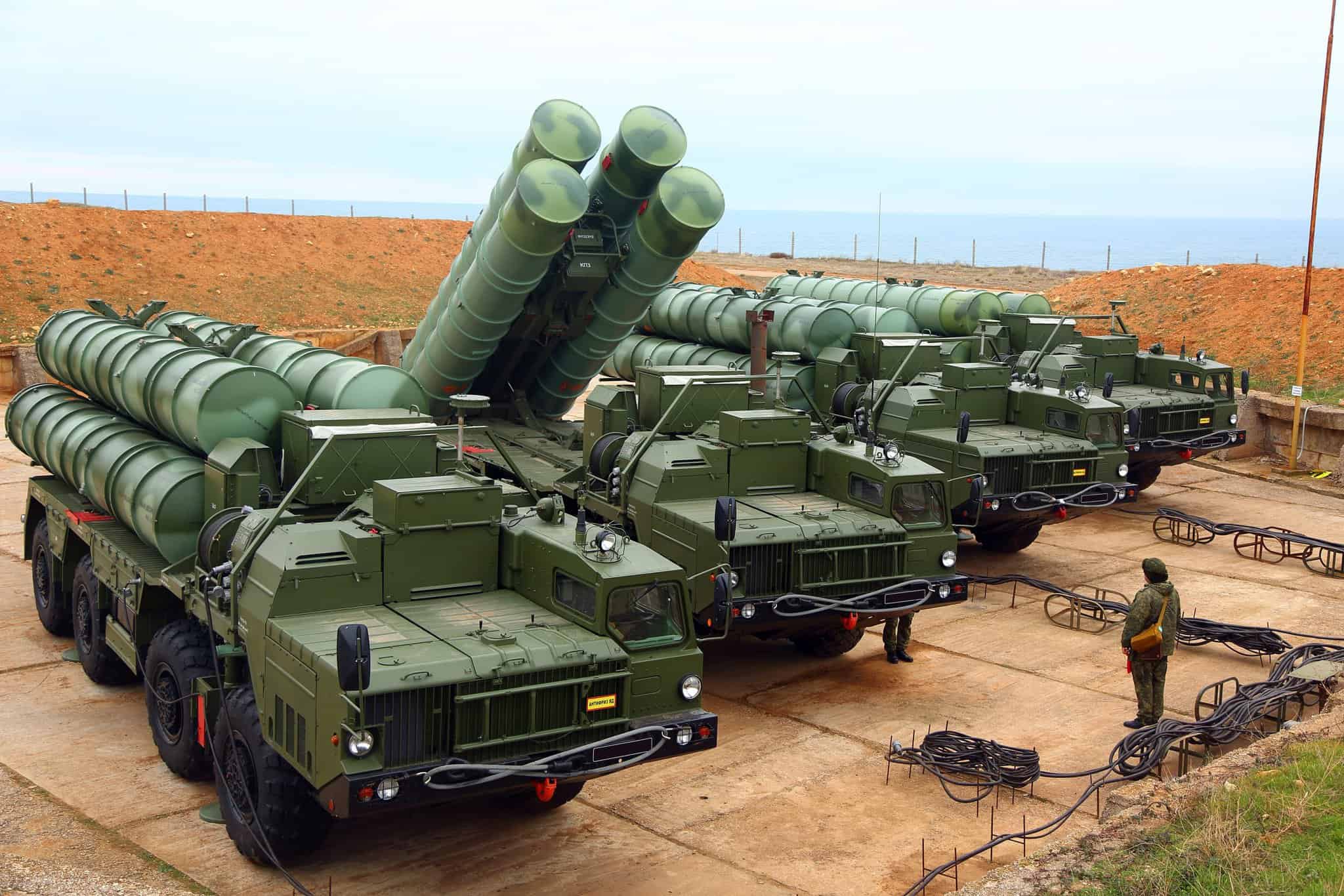China recently showcased its cutting-edge J-35A stealth fighter at the Zhuhai Airshow, a notable entry in its quest to dominate the skies. Developed by Shenyang Aircraft Corporation, part of the state-owned Aviation Industry Corporation of China (AVIC), the J-35A wowed attendees with an impressive aerial display, marking the culmination of a decade-long development process.
The J-35A is designed to seize and maintain air superiority, a critical asset in China’s strategic efforts to rival Western air power, particularly the U.S.’s F-35 fighter jet. Both the carrier-based and land-based variants of the aircraft were presented at the AVIC exhibition, highlighting the versatile roles the J-35 platform can fulfill.
Wang Yongqing, a chief expert from Shenyang Aircraft Design Institute, described the J-35A as adept in both stealth and counter-stealth operations. The fighter is engineered to excel in complex combat scenarios, targeting hostile aircraft and intercepting potential aerial threats like bombers and cruise missiles. Its stealth abilities allow it to operate beyond enemy detection, offering a strategic advantage on the battlefield.
In engagements against fourth- and fifth-generation fighters, the J-35A’s advanced coordination, high lethality, and formidable survivability are designed to establish a decisive tactical advantage. Furthermore, as a vital node within a networked combat environment, it enhances the strength and effectiveness of China’s aerial and naval forces.
This multi-role approach, akin to the U.S.’s own F-35 strategy, enables greater technology reuse and reduces production costs, potentially boosting China’s air defense capabilities and combat readiness.
The J-35A: Unpacking China’s New Stealth Fighter and Its Impact on Global Military Technology
An Unprecedented Leap in Aerospace Innovation
The unveiling of China’s J-35A stealth fighter at the Zhuhai Airshow marks not just an advancement in military technology but also raises intriguing discussions about its broader implications for global defense strategies and innovations in aerospace. As nations closely monitor this development, the implications extend far beyond air superiority, influencing geopolitical tensions and the future direction of military technology worldwide.
Advantages: Revolutionizing Air Combat
The J-35A’s emergence brings with it improvements in stealth technology, capable of reducing detectability by radar. This development signifies a crucial edge for China’s air force by potentially evading traditional radar systems. Militaries worldwide recognize the vital role of stealth capability in ensuring combat aircraft remain unseen until it’s too late for adversaries to react.
Another advantage lies in its multi-role functionality. Much like the U.S. F-35, which serves various military branches, the J-35A promises compatibility with both ground and naval operations. The versatility of such a platform reduces logistical complexities and can lower overall military spending, as fewer distinct aircraft types are needed to fulfill different mission profiles.
Challenges and Controversies: The Other Side of the Coin
While the J-35A appears to be a technological marvel, there are inherent challenges. One major question is the sustainability of these advancements in a rapidly evolving technological landscape. Will the J-35A stay ahead in the stealth race, or will advancements in radar and detection technology by other countries outpace it?
Additionally, the international community watches warily as this development could potentially impact global power dynamics. The increase in military capabilities might trigger an arms race, prompting neighboring countries to bolster their own defenses in response. This situation raises diplomatic and ethical concerns about escalating military tension rather than fostering peaceful global relations.
Impact on Humanity and Technology: The Future of Stealth
The influence of such advanced technologies extends into civilian domains, potentially driving innovation in non-military sectors. Stealth technology could inspire more efficient civilian aircraft designs, leading to quieter and more fuel-efficient planes.
However, the shadow of militarization looms, questioning whether resources for such advancements are better utilized in peaceful applications. Is the capital on such high-tech developments more beneficial when invested in addressing global challenges like climate change or public health crises?
Conclusion
As the J-35A enters the stage, it poses both an opportunity and a challenge. The fighter represents a leap forward in military technology, affecting strategic military considerations globally. The question remains: how will global powers balance this military advancement with the pressing need to confront worldwide challenges cooperatively?
For further insights on military technology and global defense strategies, visit Global Defense Info and Aerospace Technology.
















